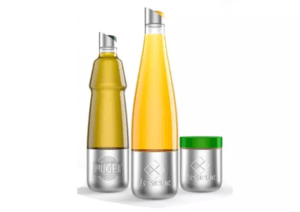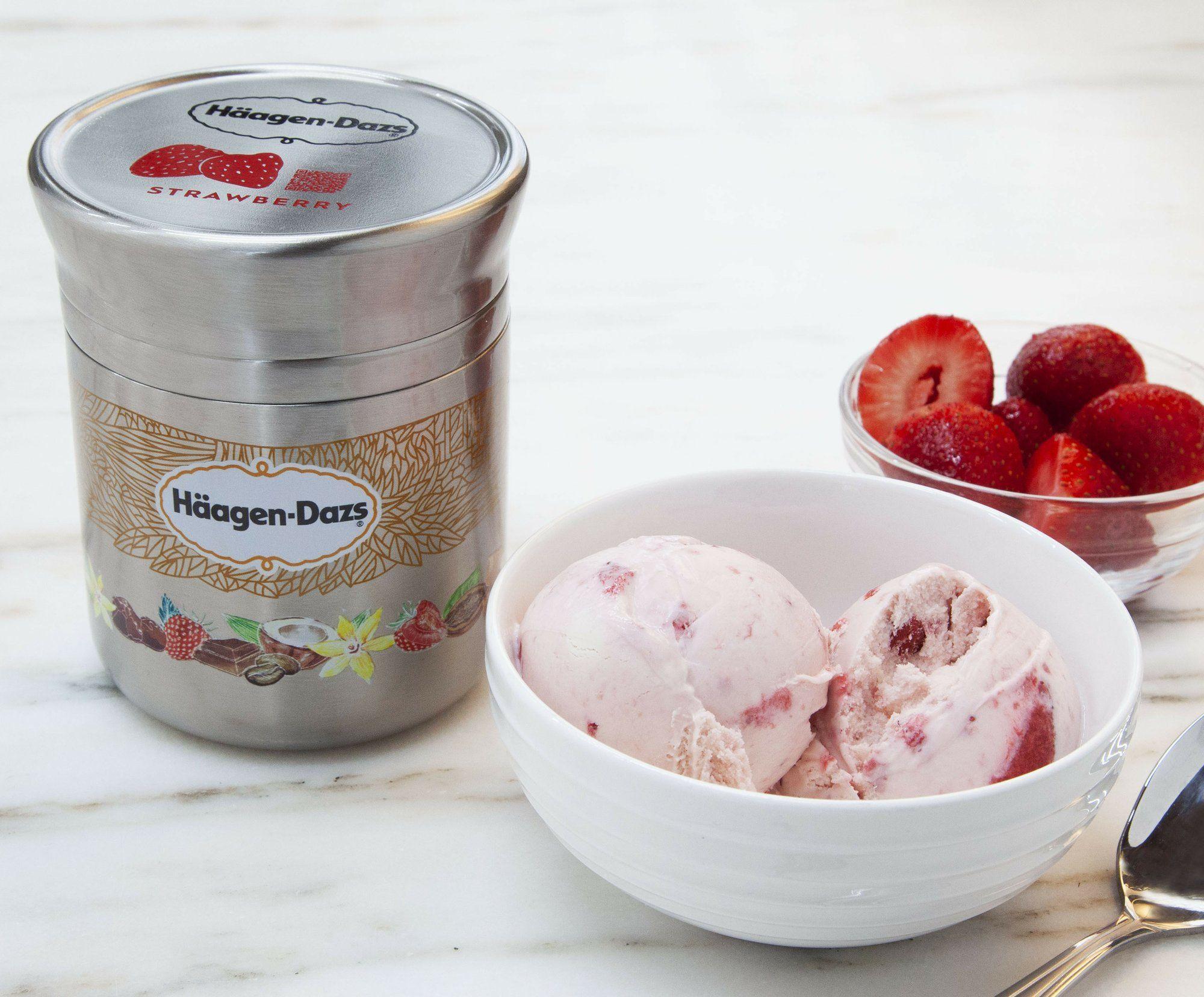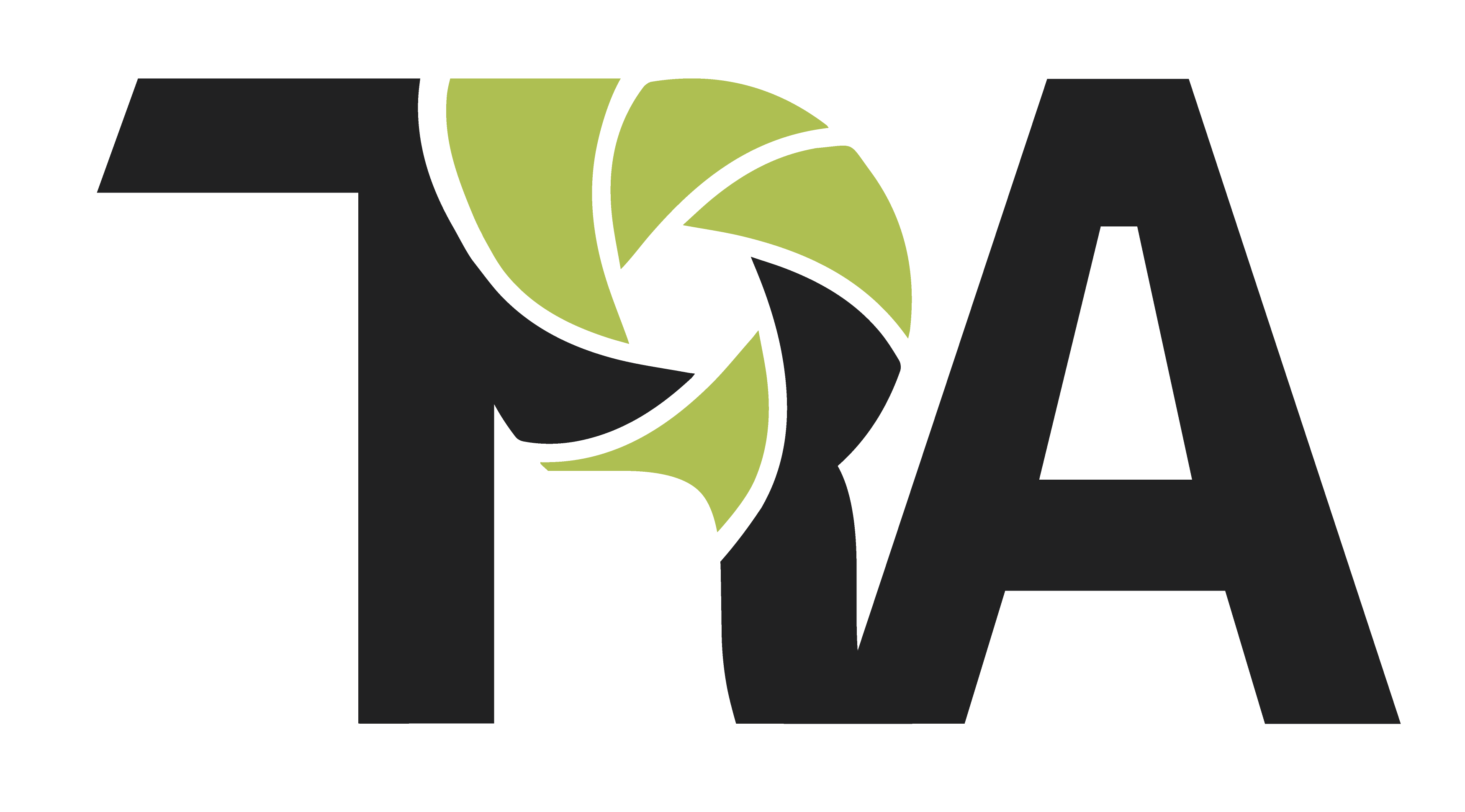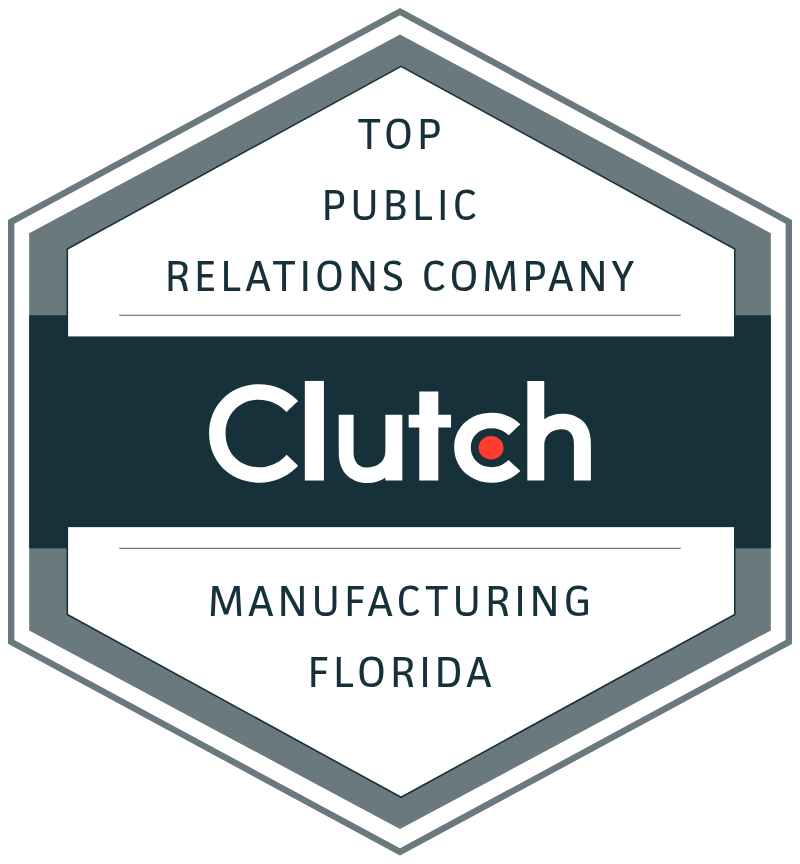 At January’s World Economic Forum Annual Meeting in Davos, Switzerland, the keyword dropped into many of the presentations and forums was sustainability. The summit’s 2019 theme was “Shaping a Global Architecture in the Age of the Fourth Industrial Revolution”, focusing on the role of technology in today’s globalized economy.
At January’s World Economic Forum Annual Meeting in Davos, Switzerland, the keyword dropped into many of the presentations and forums was sustainability. The summit’s 2019 theme was “Shaping a Global Architecture in the Age of the Fourth Industrial Revolution”, focusing on the role of technology in today’s globalized economy.
“The unprecedented pace of technological change means that our systems of health, transportation, communication, production, distribution, and energy – just to name a few – will be completely transformed,” writes Professor Klaus Schwab, the founder and executive chairman of the World Economic Forum, in this article on the meaning of Globalization 4.0. Globalization 4.0 has only just begun, but we are already vastly underprepared for it. Clinging to an outdated mindset and tinkering with our existing processes and institutions will not do. Rather, we need to redesign them from the ground up, so that we can capitalize on the new opportunities that await us, while avoiding the kind of disruptions that we are witnessing today.”
Schwab cites two main principals that the international community will have to adopt in their journey through Globalization 4.0; wider engagement and heightened imagination.
We saw both those principals promoted via a fascinating presentation by international recycling leader TerraCycle about an innovative new system designed to reduce single-use plastic packaging. The platform is called Loop, and according to its website it is a “circular chopping platform that transforms the packaging of your everyday essentials from single-use disposable to durable, feature-packed designs.” The idea is that customers purchase their consistently-used goods (think beauty products like shampoo and toothpaste; kitchen products like cooking oils; and cleaning products like disinfecting sprays) are packaged and delivered in sleek reusable containers. Once the products have been used up, the customer simply sends the container back and receives a fully-replenished one in return. The hope is that ultimately, every consumer product is delivered in reusable packaging.
So what does this mean for the print and packaging industry?
The print and packaging industry is booming right now with the explosion of Amazon and other online retailers. The cardboard box and container manufacturing industry reached an overall revenue of $65 billion in 2018, and experts foresee continued growth as online shopping continues to dominate as today’s consumer’s preferred system. Here’s how we predict the transition to Loop and other sustainable forms of packaging and delivery will affect the industry:
- Brands will have to develop higher quality packaging for individual products. With the Loop system, packages will need to be cleaned and sterilized. Therefore, those packages will need to be able to withstand multiple runs through mass-produced cleaning systems and sterilization solutions. If consumers are choosing to subscribe to a single deodorant for a set number of months, they are going to want it to not only be well made, but also attractive to the eye (since they’re going to be looking at it until they end or change their subscription!).
- Delivery packaging will have to be of higher quality. Even the highest-grade cardboard has a lifetime of only several uses. And shipping products that require consistent temperatures will require additional components to do that. As a result, we predict that companies will be investing in high-quality containers that are durable, temperature-controlled, and well-branded …because if you’re spending money on reusable packaging, you might as well make sure your brand is recognizable on it.
- Higher-quality inks will need to be used. When branding these packages, the way a company’s logo, product information, and other pertinent content is displayed on the packaging is going to require printers to develop coatings that can withstand constant use and regular cleaning. Will companies use labels, engraving, or inks?
- Costs will maintain stability. Although consumers will be paying for shipping, higher-quality containers, and subscription services, we expect that the overall cost of maintaining consumer products stocked in people’s homes will remain largely unchanged once the industry levels out. Of course there will be an initial spike in cost to implement these changes, but we expect that once consumers begin the “loop”, their travel costs will decrease and companies will be able to sell these products at a lower price-point, knowing that consumers will be locked into the subscription for a predetermined amount of time.
Loop is currently being tested in New York City and Paris, and brands like Pantene, Clorox, Gillette, and Oral-B have already signed on as official partners. As consumers learn more about the ease and convenience of sustainable products, the way people buy their everyday products will change entirely.
Companies in the print and packaging industry should evaluate how they can maintain customers and develop new offerings catered specifically to the sustainable “loop-style” system.
Let’s talk more. Learn more about how we help print and packaging companies stay ahead of the curve.





